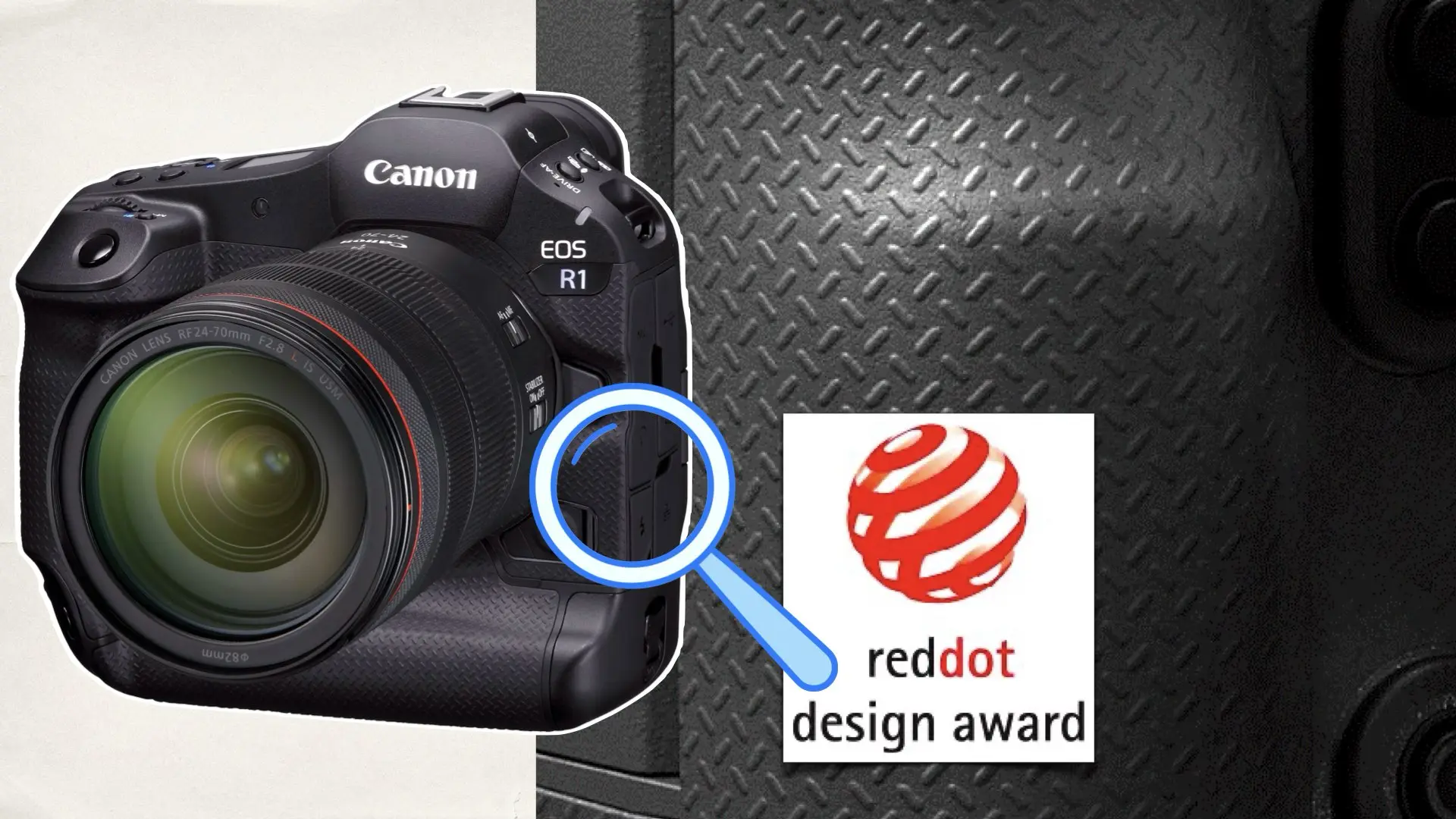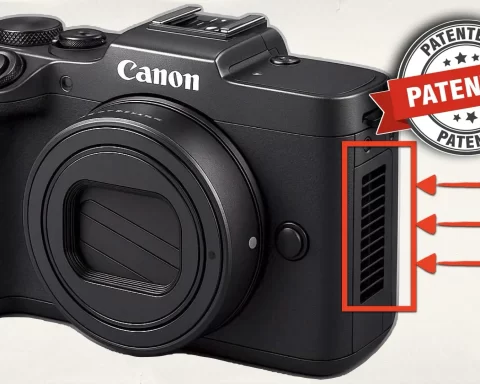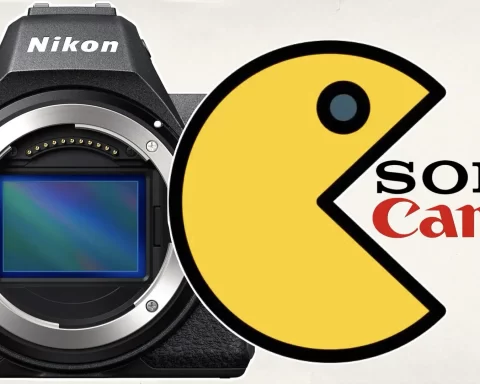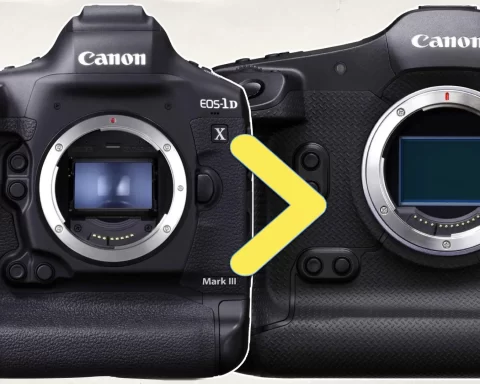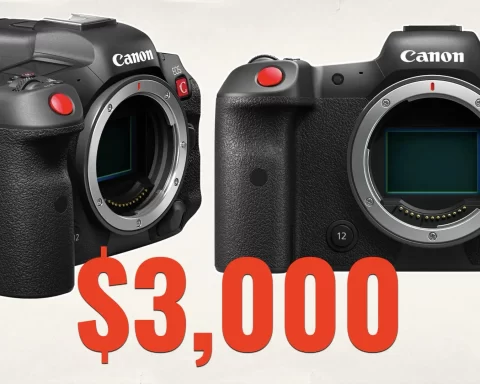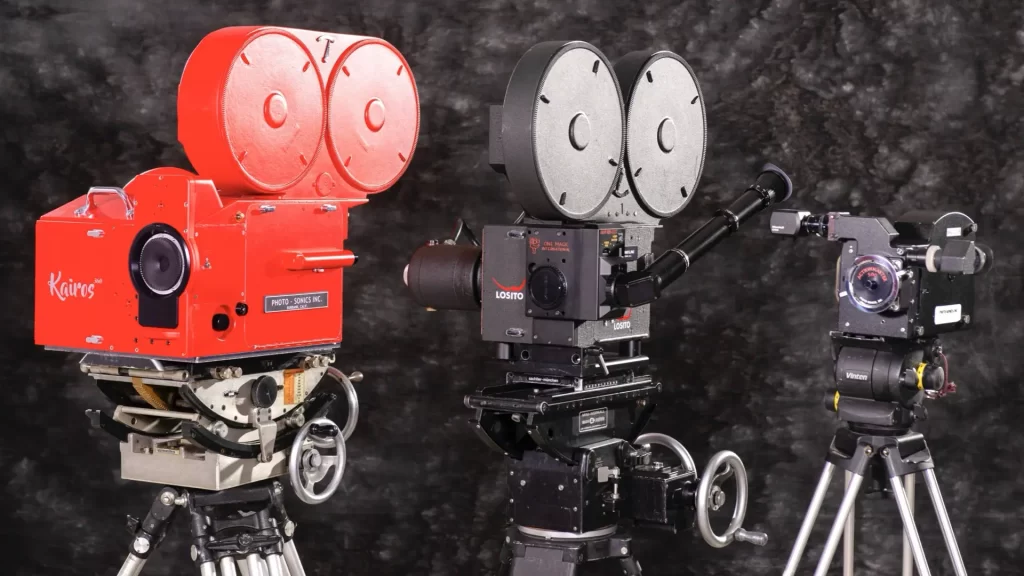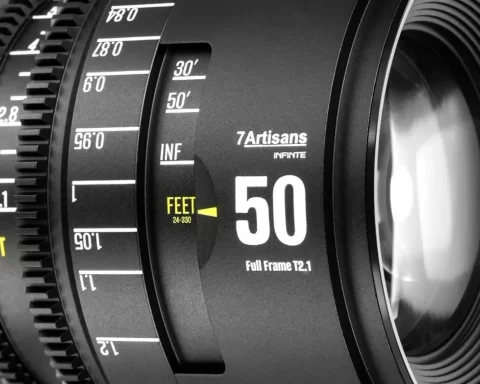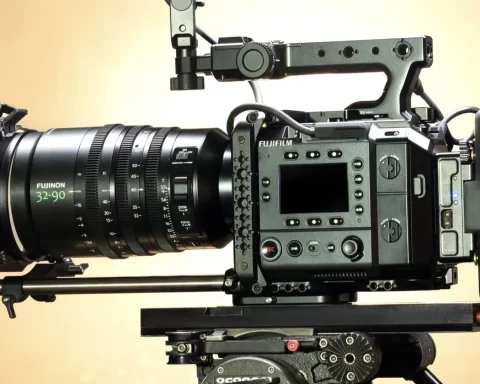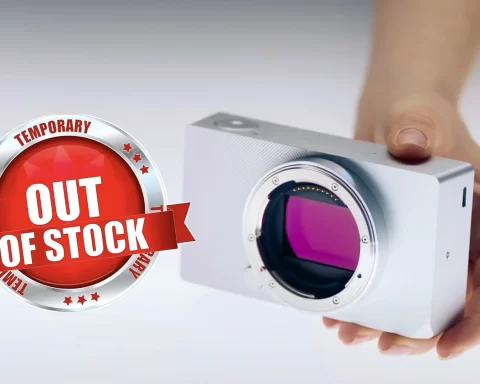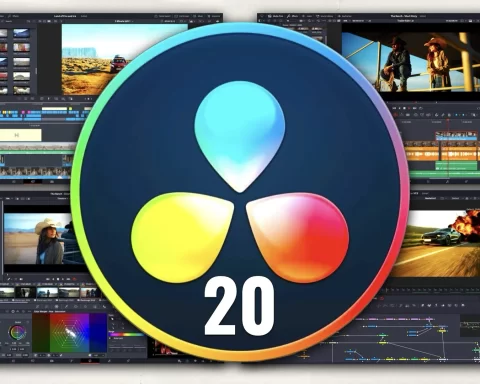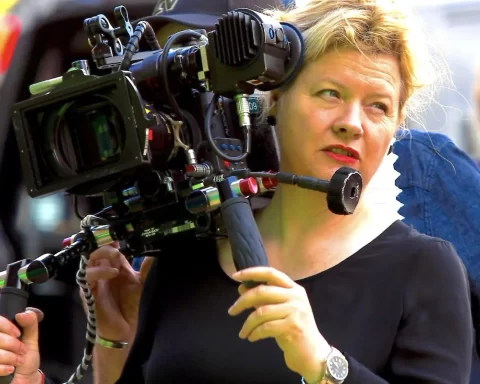Canon has just won one of the most prestigious design awards in the world — not for a revolutionary sensor, not for an AI-based autofocus system, not even for a cutting-edge lens mount. No. Canon’s EOS R1 mirrorless flagship has won the “Best of the Best” title at the Red Dot Design Award 2025… because of its rubber grip. Yes, that rubber grip. In an industry where innovation is usually judged by resolution, frame rates, and logarithmic gamma curves, Canon has captured the design world’s heart with a textured, ergonomic handhold. Somewhere between cynicism and admiration, we are left asking: Did Canon just win the Red Dot because it figured out how to make a camera not slip out of sweaty hands?
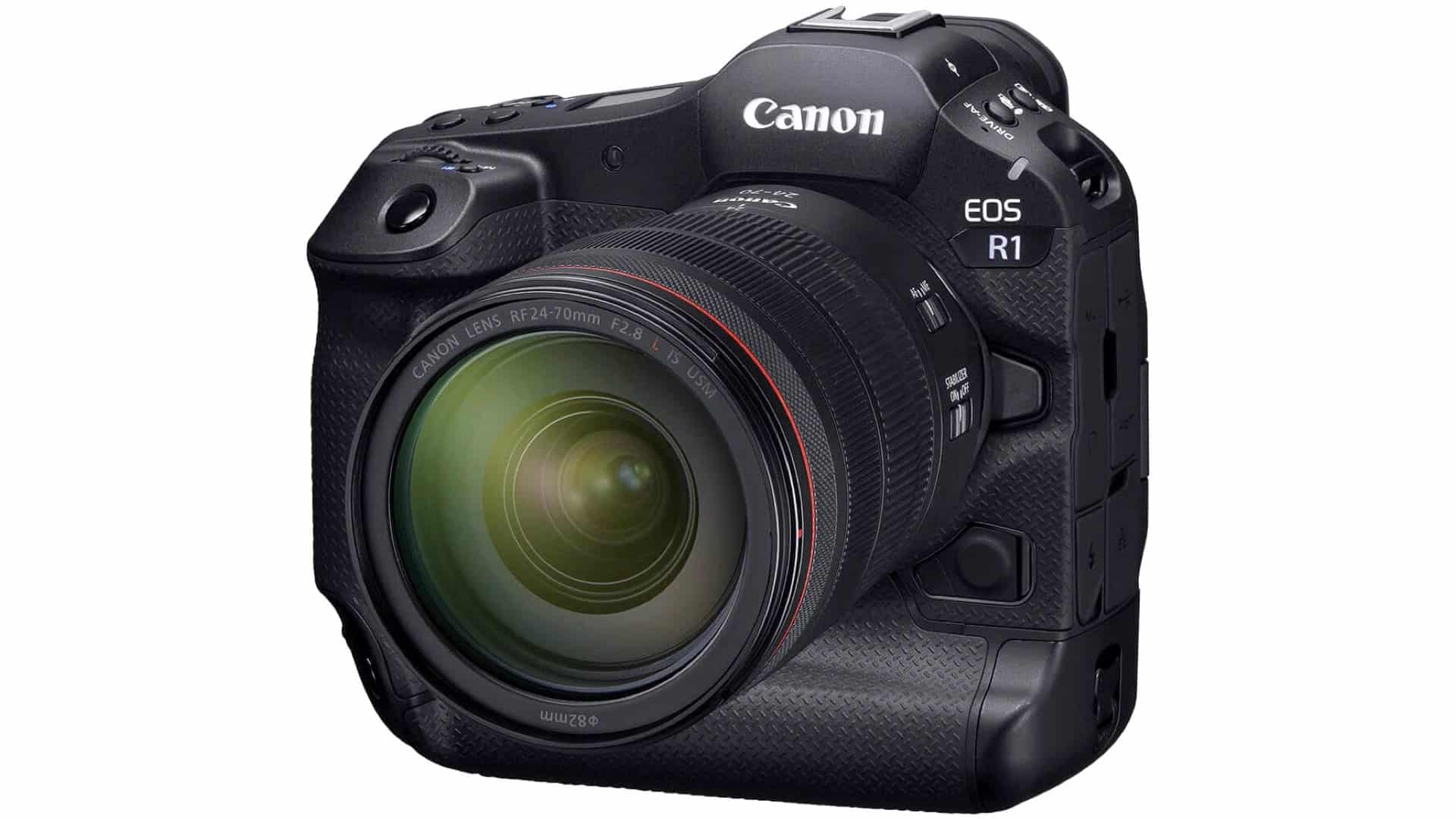
So the next time a manufacturer releases an 8K, AI-driven, heat-dissipated box with 17 stops of dynamic range, remember: it might be the grip that wins the Red Dot.
The Rubber Revolution
Let’s not downplay the achievement — the EOS R1’s grip is no ordinary hunk of rubber. According to Canon, the grip features a specially designed cross pattern, engineered for a strong hold. Its primary goal? Preventing drops during high-pressure transitions between vertical and horizontal shooting. In other words: shoot fast, grip firm, don’t drop the $6,000 flagship on the sidelines. Canon has also added locking mechanisms to all moving parts of the body — from the diopter-adjustment dial to the card slot cover — to prevent unintended operation. It’s a camera designed not just for performance, but for battlefield reliability. It’s ergonomic, it’s durable, and now, it’s award-winning. It’s almost poetic: in a world chasing AI, Canon won big by perfecting the human interface — the way a camera feels in the hand.
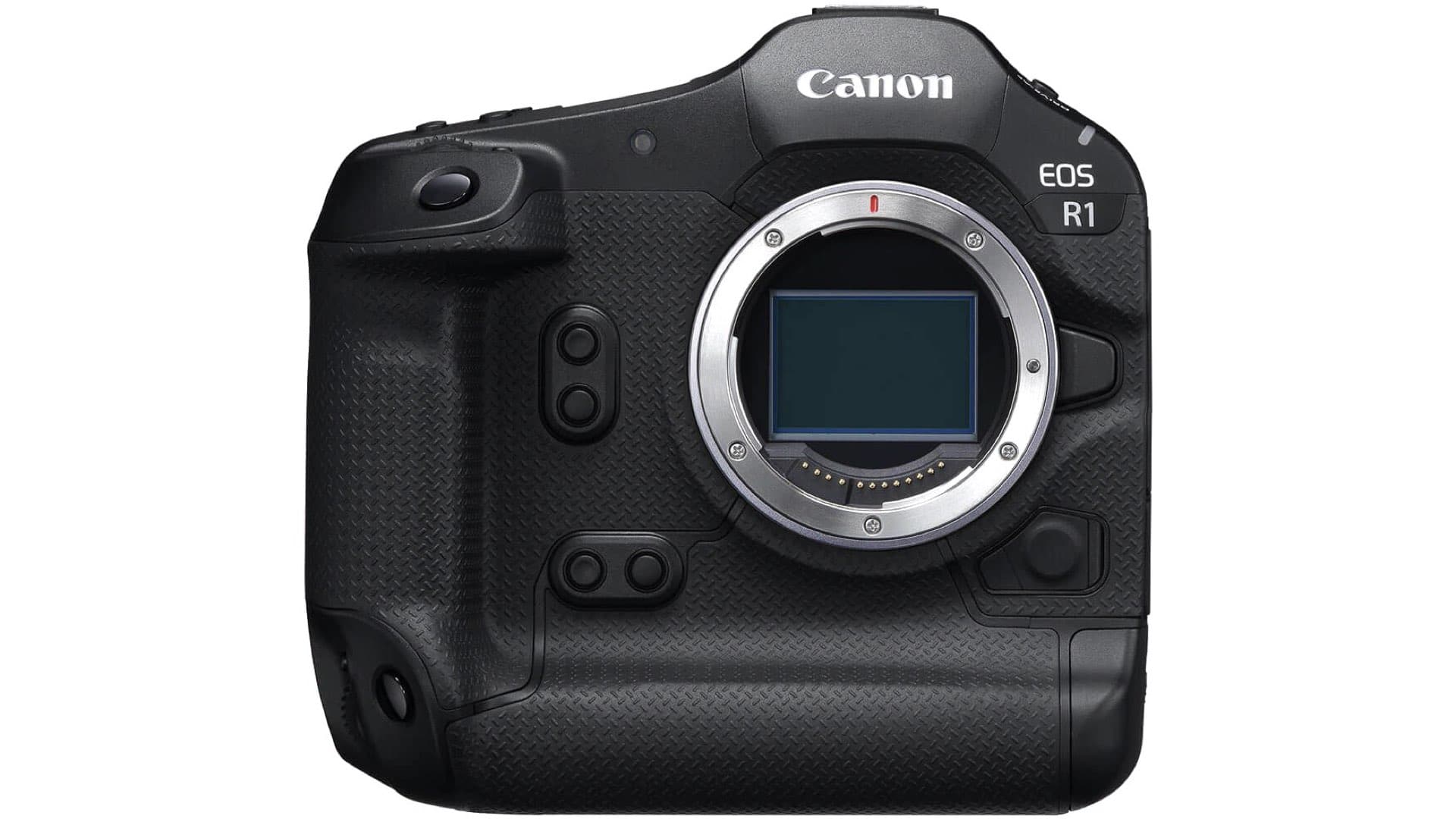
A Flagship Built to Be Held
Behind the grip lies a technological powerhouse. The EOS R1, released in November 2024, is the first true flagship of Canon’s mirrorless R System. The camera introduces a next-generation image processor, advanced deep learning autofocus, and new tracking features like Action Priority, which can recognize and follow high-speed subjects like soccer players or sprinters before you can even react. There’s also the eye-control AF, where focus moves with your eye — a sci-fi feature made real. It’s a tool clearly designed for elite professionals. In fact, Canon set out to build the ultimate mirrorless workhorse, something it teased for years before finally pulling the curtain back in the announcement: Canon Announces its Full-Frame Mirrorless Flagship: EOS R1. The R1 is a product of enormous R&D investment, carrying not only the legacy of Canon’s pro DSLRs, but the future of the entire R ecosystem. And now, ironically, it might be remembered first and foremost for… a grip.
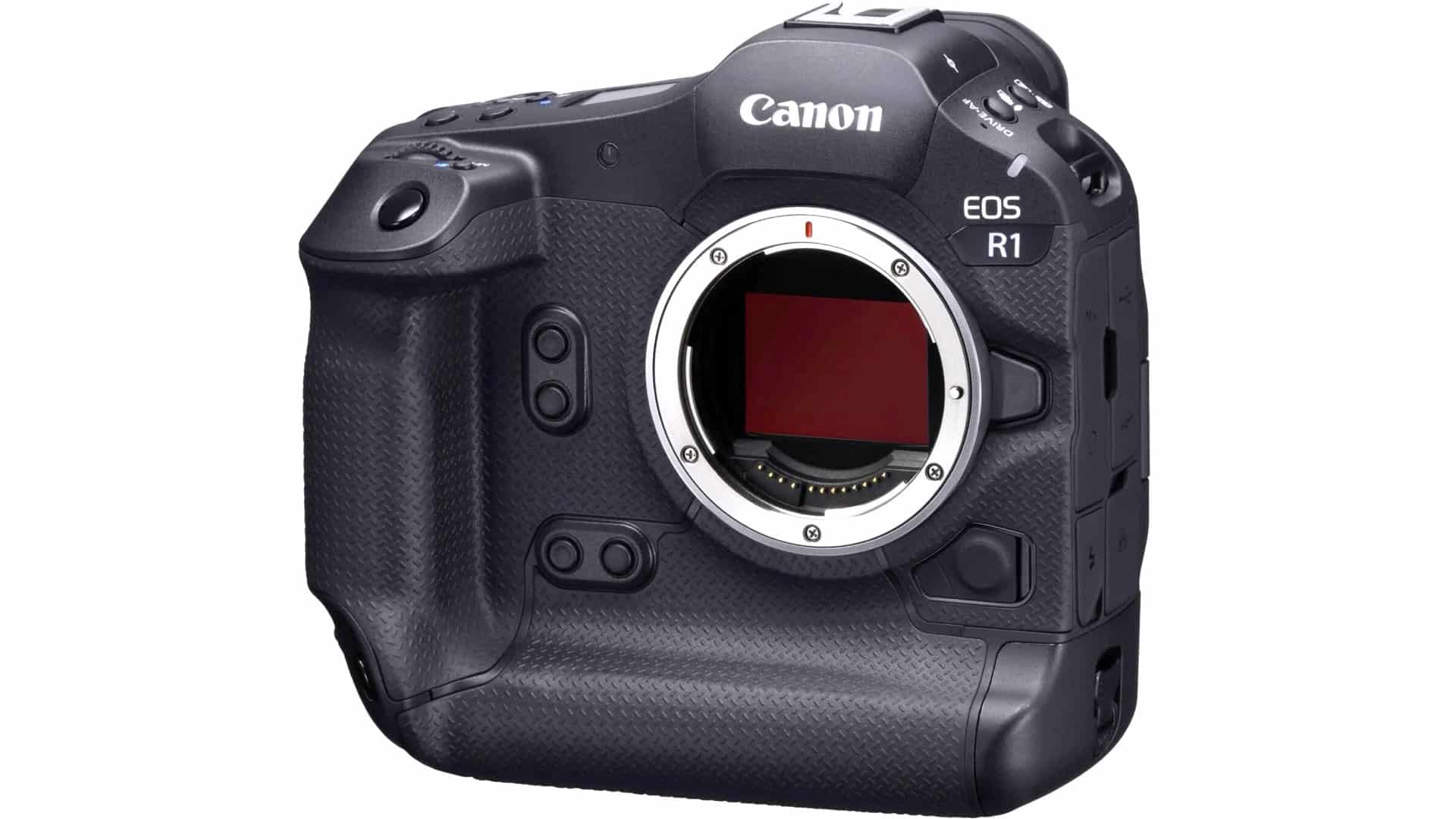
The Price Paradox: Still Cheaper Than the DSLR
Here’s where things get even more absurd — or genius, depending on your perspective. Canon’s DSLR flagship, the EOS-1D X Mark III, still costs more than the R1, despite the latter being newer, smarter, lighter, and now officially better designed. As pointed out in Canon’s DSLR Flagship Still Costs More than the R1 – Why?, this pricing paradox makes little sense on the surface. Yet the 1D X Mark III still holds its value, partly due to nostalgia and partly due to its tank-like build. But it certainly didn’t win any Red Dots for its grip. So, here we are. The mirrorless successor is cheaper, more advanced, and — let’s not forget — less slippery (ha ha!).
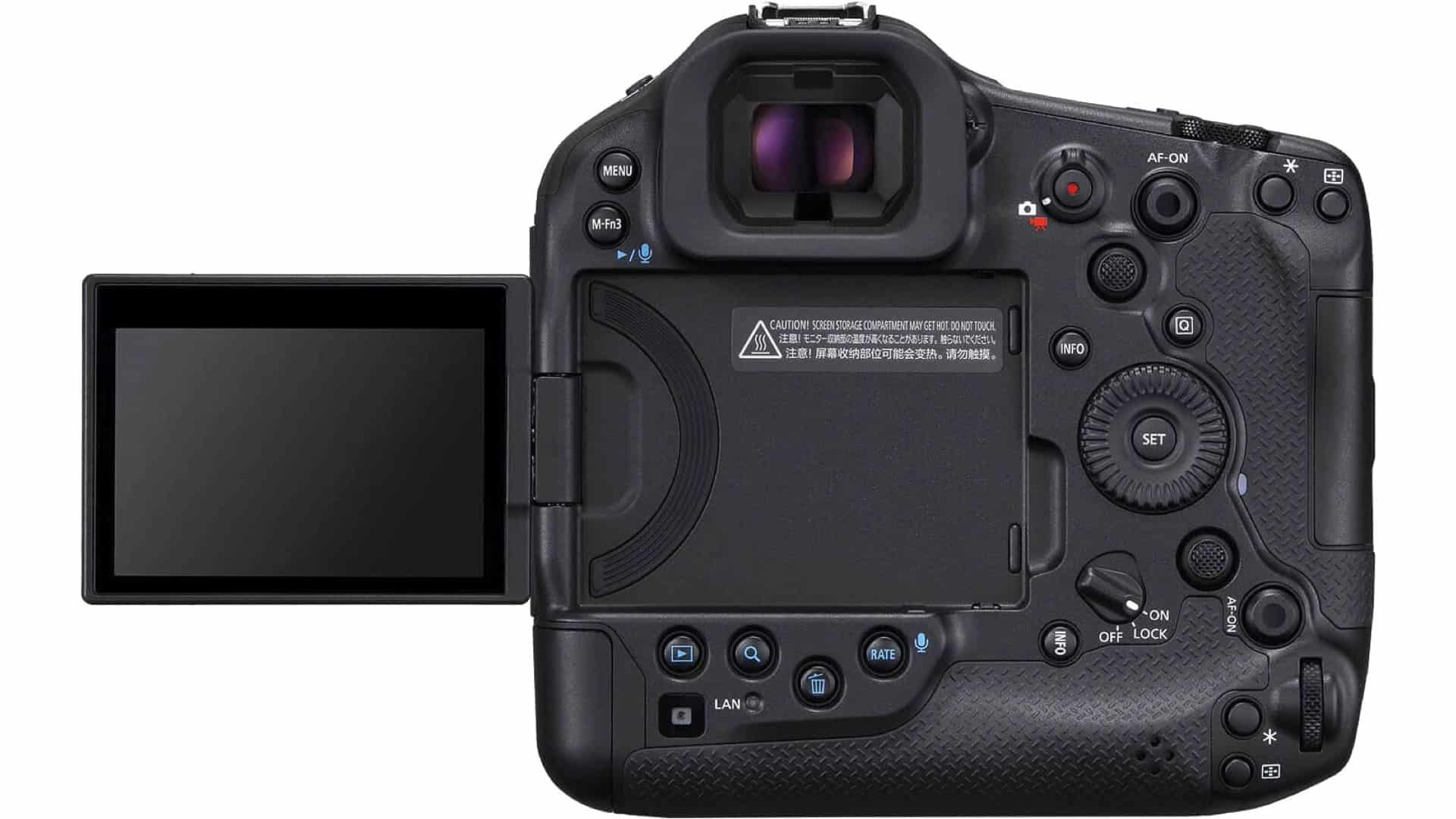
More Than Just a Pretty Grip
To Canon’s credit, the Red Dot wasn’t awarded only because someone at Canon figured out how to pattern rubber into a crosshatch. The EOS R1 also received the iF Design Award 2025, another elite German recognition. Both awards reflect Canon’s broader commitment to blending design with performance, not just stuffing technology into a black rectangle and calling it a day. Canon’s design team clearly took inspiration from the realities of field work — cameras being passed from hand to hand, adjusted on the fly, shot from awkward angles under pressure. This isn’t design for the shelf or the YouTube thumbnail; it’s design for combat photography, Olympic stadiums, and conflict zones. But we’re still allowed to smile at the absurdity that, in 2025, what truly elevated the most advanced Canon camera ever was not the AI but the ergonomics. Not the autofocus but the fingers holding it.
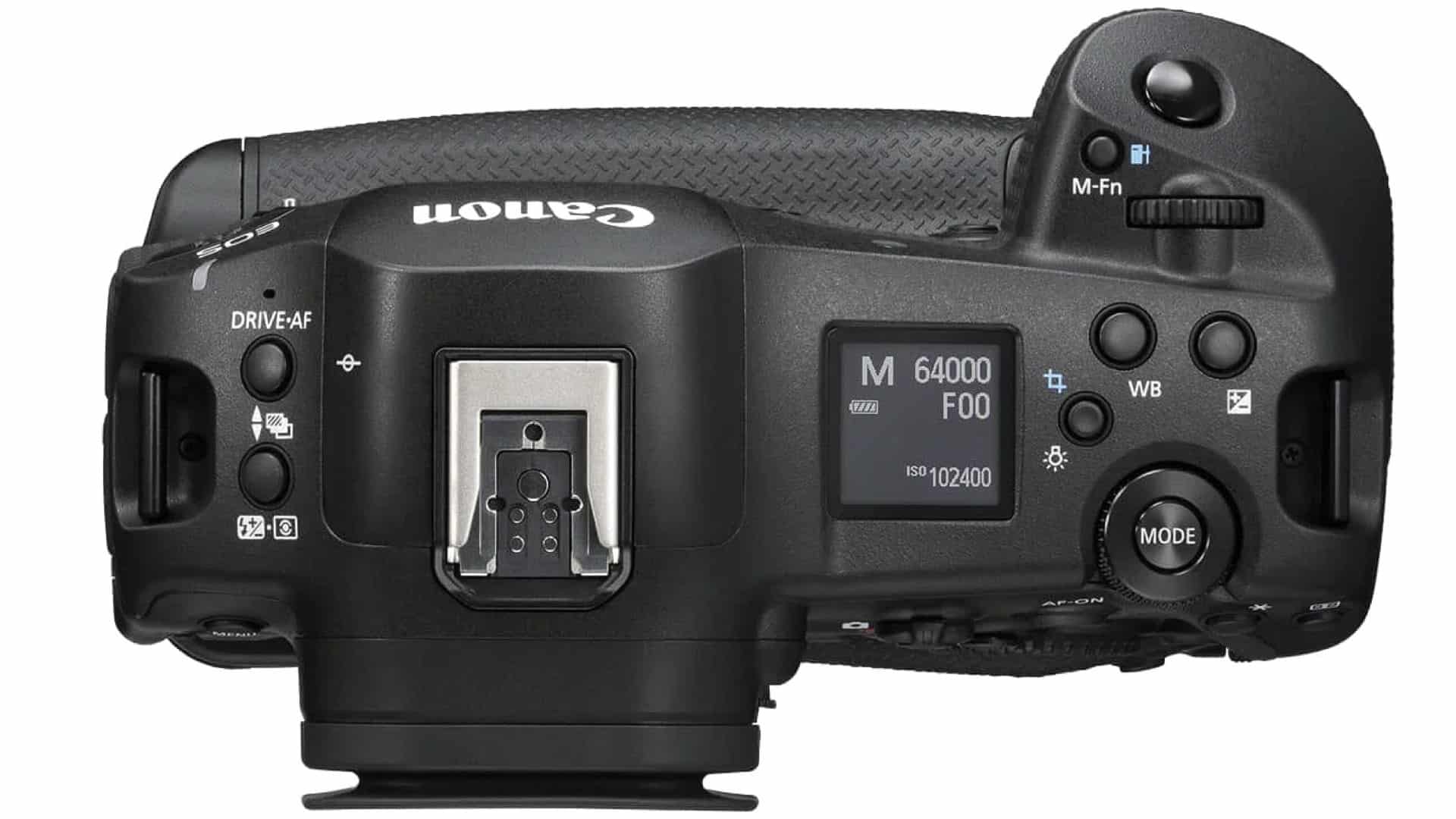
Final Frame
The EOS R1 is a symbol of how far camera technology has come, and how much the industry still values the simple things done right. A textured grip, a lockable dial, a weight balanced just so — these are the details that separate a tool from a masterpiece. So the next time a manufacturer releases an 8K, AI-driven, heat-dissipated box with 17 stops of dynamic range, remember: it might be the grip that wins the Red Dot. And Canon? They gripped the win 🙂

